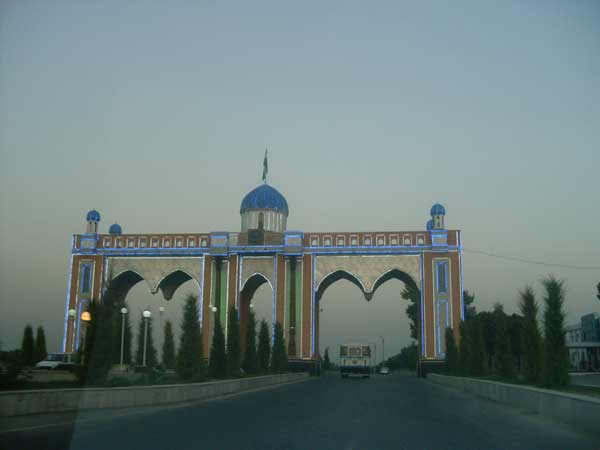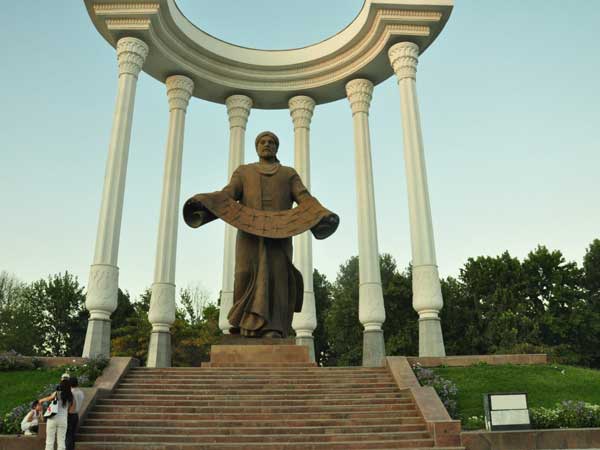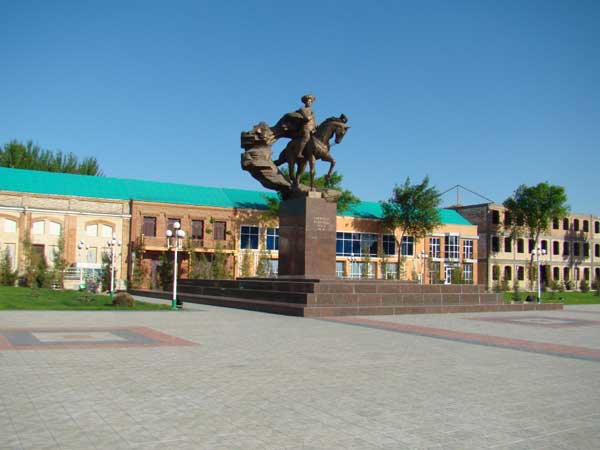Ferghana Valley is one of the picturesque regions-oasis with territory of 22 thousand sq. kilometers (including surrounding mountains it’s up to 80 thousand sq. kilometers) and population of 7 million people.
This wide, flat, fertile valley surrounded by Tian-Shan mountains from the north and Pamir mountain range from the south is like a huge bowl that lies in the center of Uzbekistan. Ferghana Valley is the most densely populated part of the Central Asia and is considered to be the center of sericulture with more than a thousand-year history of silk production.
Ferghana Valley is famous for its cities such as Andijan, Ferghana, Margilan, Kokand, Shakhimardan, Kuva, as well as by its ancient architectural monuments.









